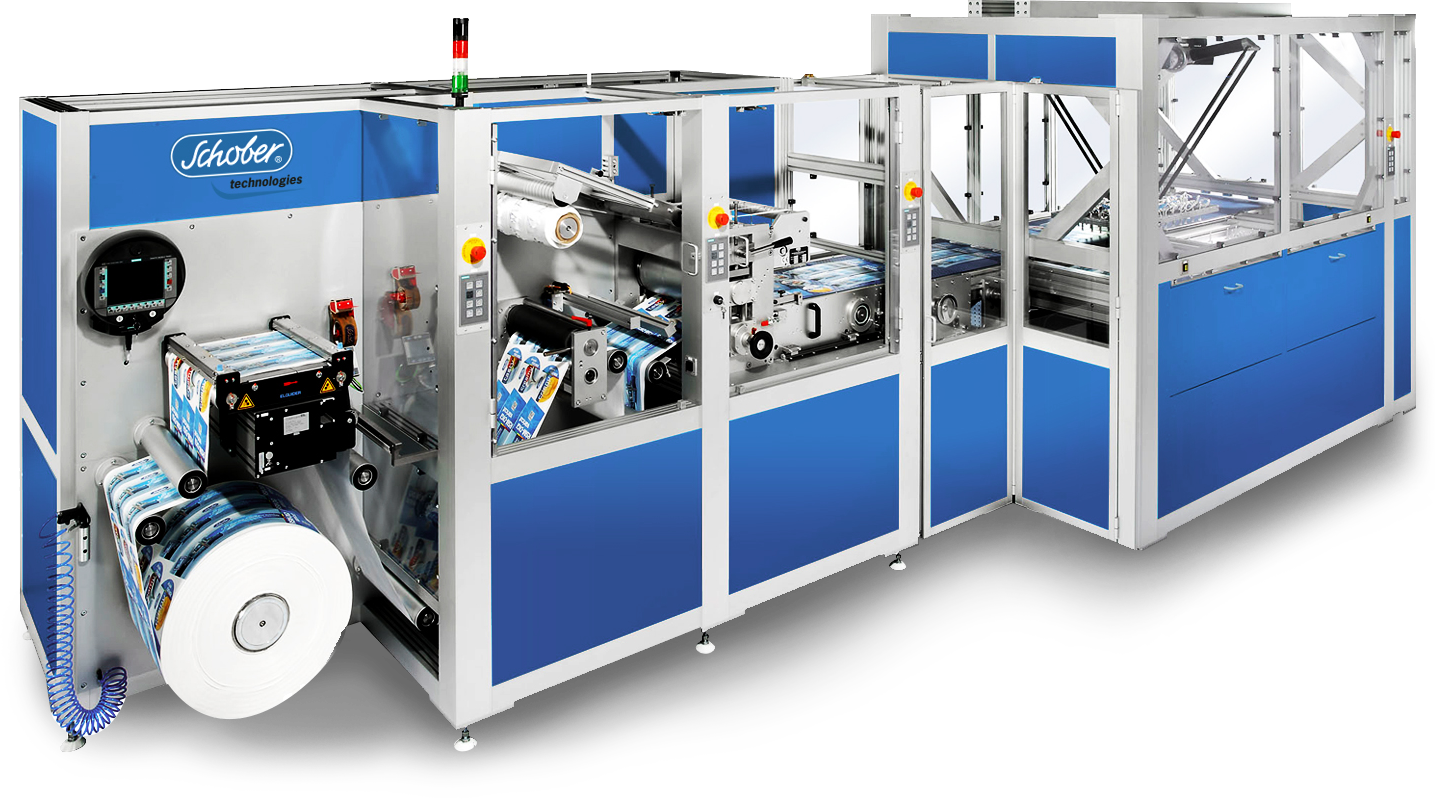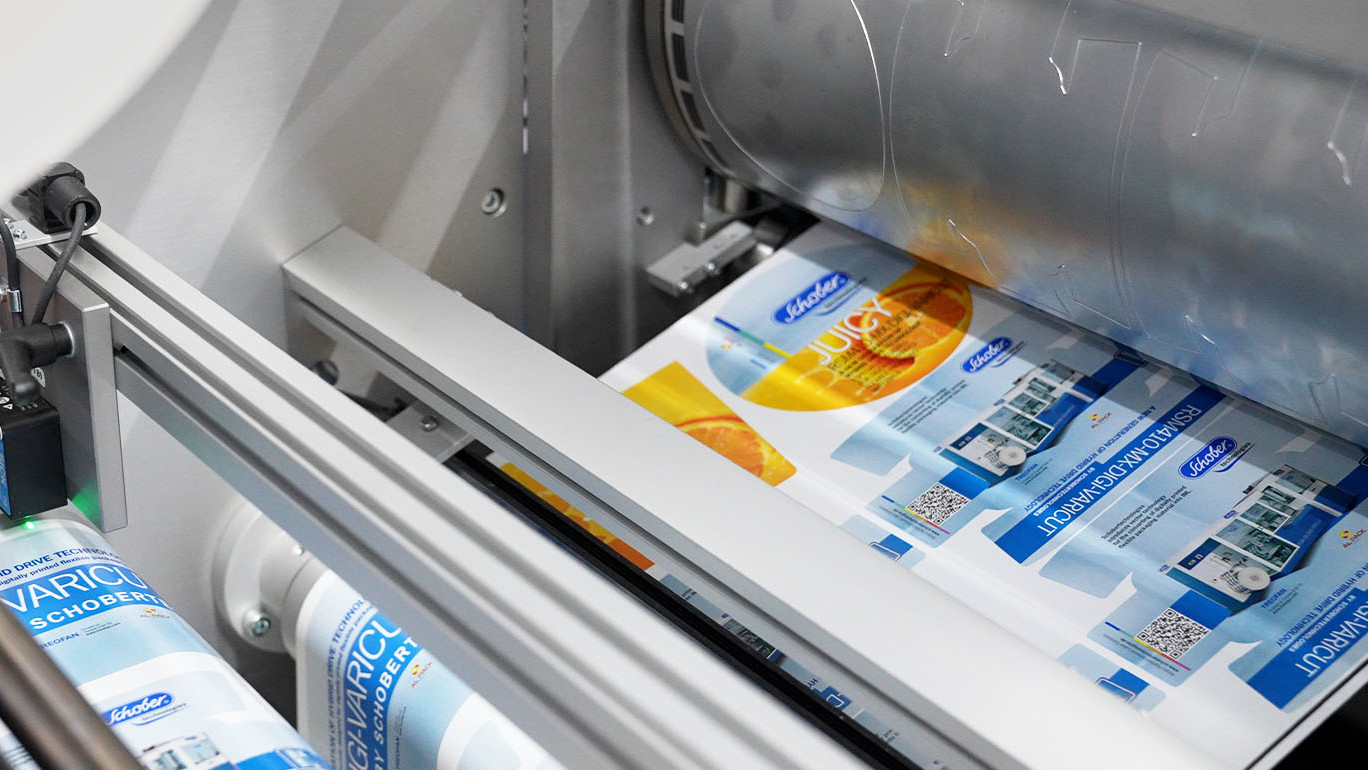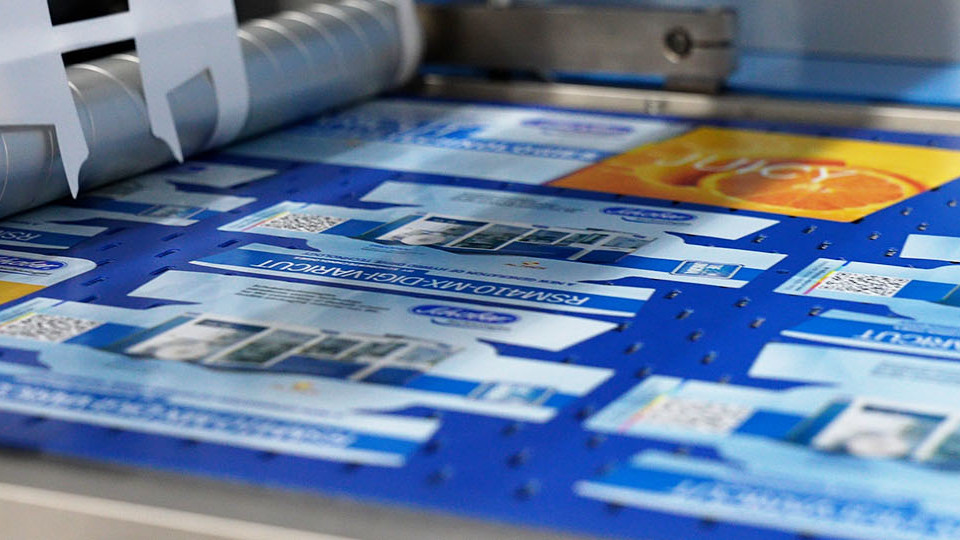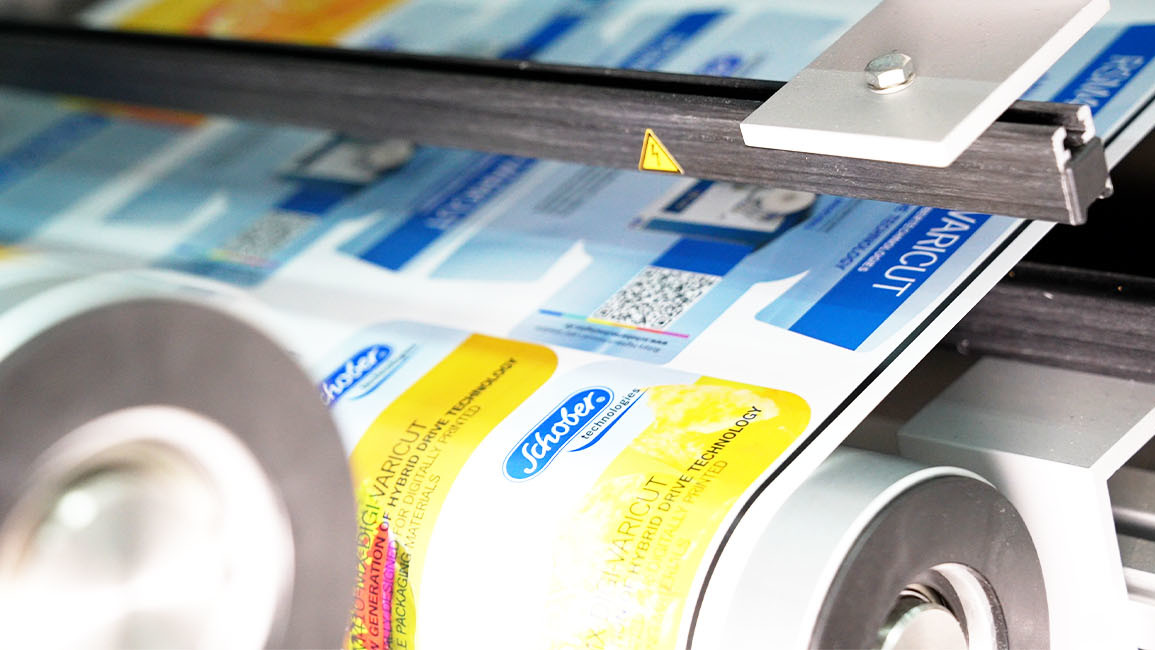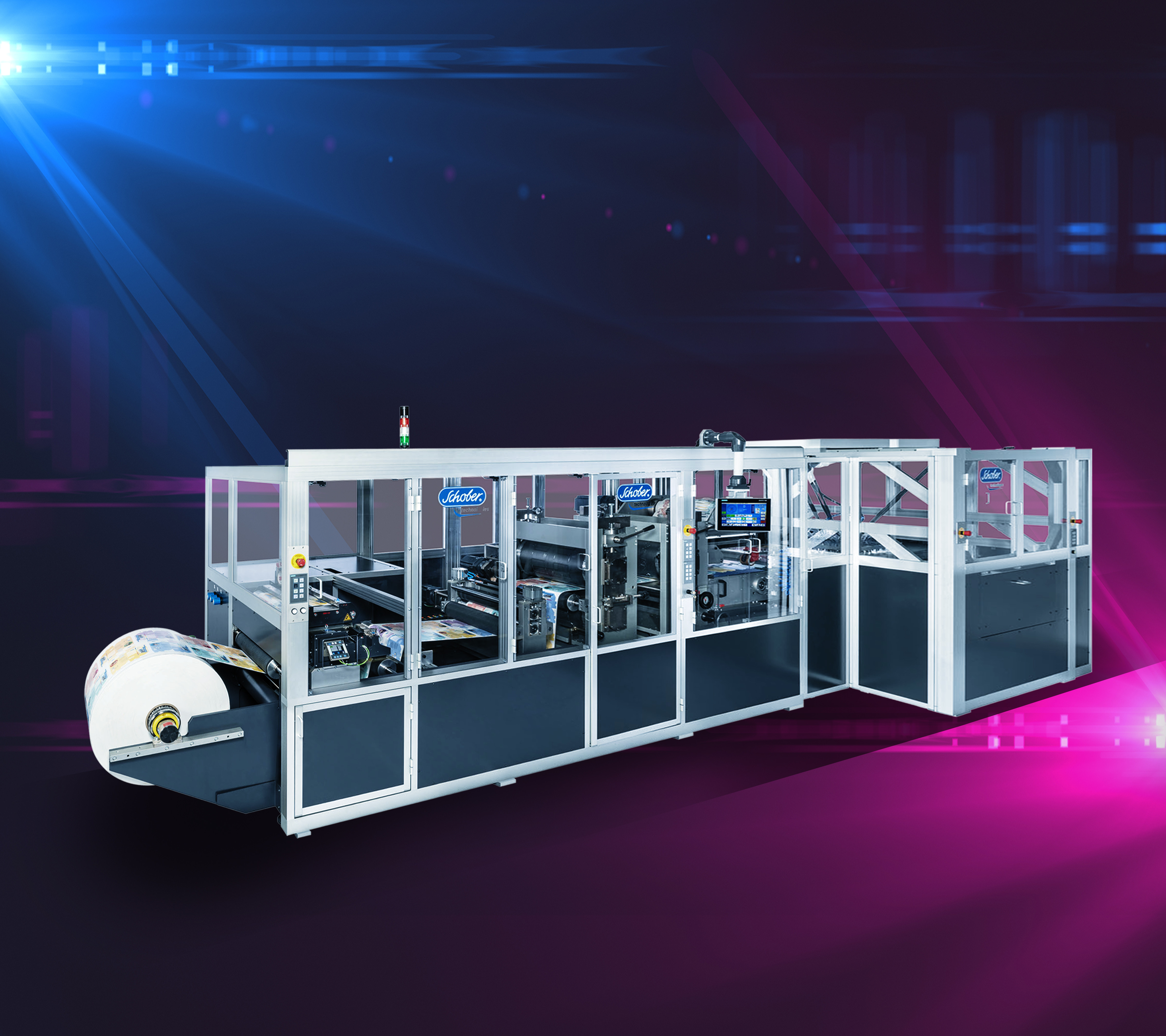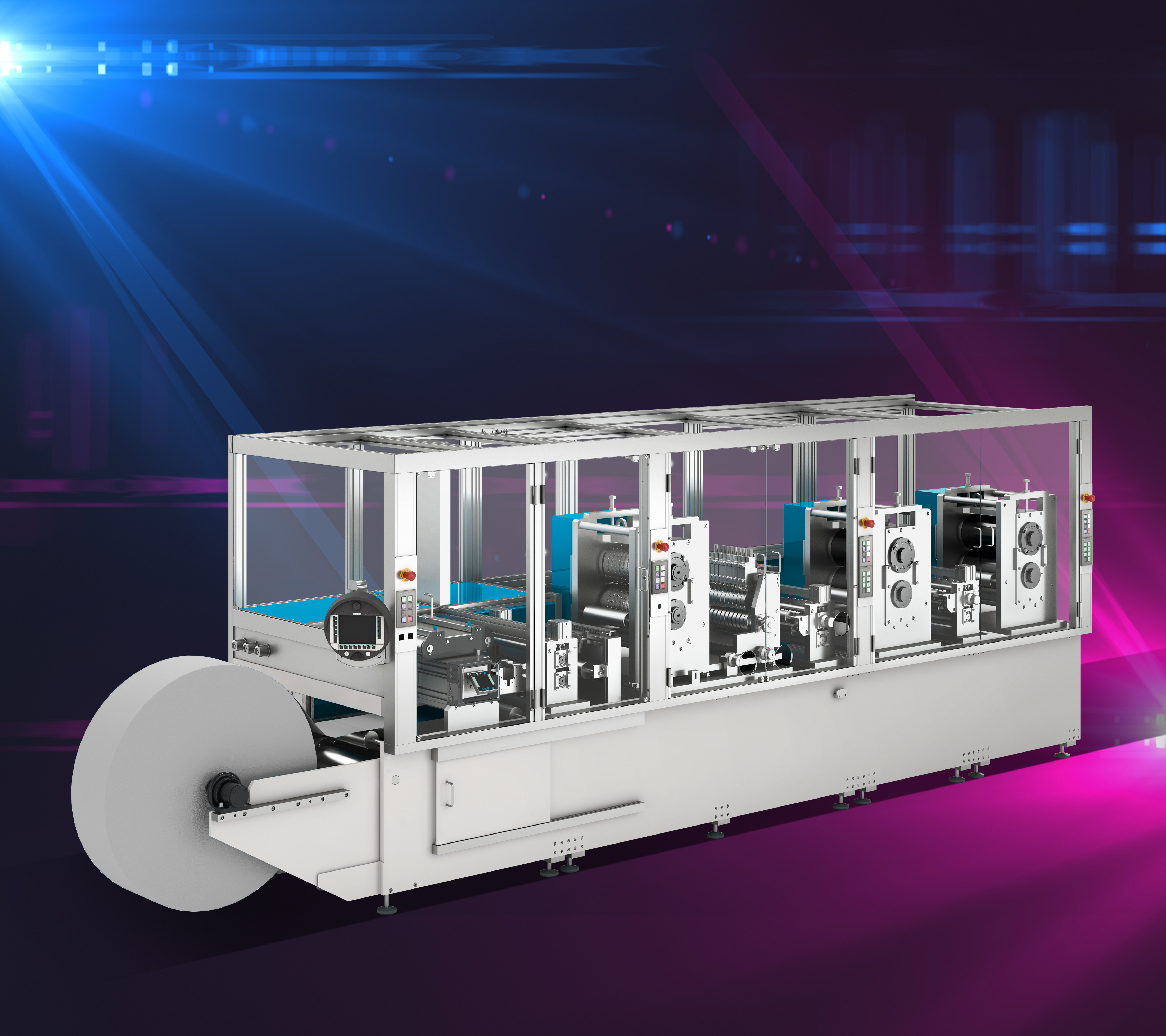Proven rotary cutting technology
The modern rotary cutting machine is characterized by the use of a proven rotary cutting technology. The use of high-precision and long-life magnetic cylinders can guarantee an optimal and safe holding force of the cutting plate.
The magnetic cylinders, built into high-performance cutting units, are equipped with:
- Preset pressure settings
- High-precision bearings and bearing blocks
- Gap Control System for accurate wear compensation of the cutting edge
- Centrally located quick lift from the magnetic cylinder to the impression cylinder (without loss of register)

